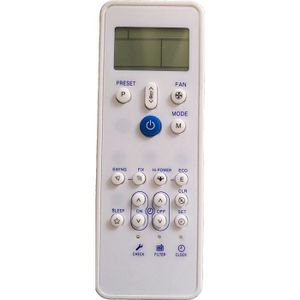Product Description RFL ® 9785 Programmable ON/OFF Powerline Carrier System The RFL ® 9785 is an amplitude-modulated ON/OFF Powerline carrier transmitter/receiver terminal. It is based on three generations of proven RFL technology, with enhanced features to meet today's market demands. These features include improved RFI and surge withstand capabilities (meeting the requirements of ANSI/IEEE C93.5), ESD protection (per IEEE PC 37.90.3, 2001), available redundant power supplies, increased flexibility through field programmable frequencies and logic, reflected power measurement option, and no cost WindowsTM web based user interface. Allison And Lillia Download Sub Indo 3gp. The RFL ® 9785 is designed for directional comparison blocking applications in high-speed protective relaying communications. Its interface circuits are compatible with almost every existing carrier blocking relay.
One standard package is all you will need for most schemes. A complete 10 watt transmitter/receiver is contained in a 19-inch chassis that occupies three rack units of vertical rack space (5.25 inches, or 13.3 cm). Carranza Clinical Periodontology Pdf Download.
An optional voice service channel, checkback module, sequence of events and redundant power supply can also be added in the same 3U chassis. Install Virtualbox Without Admin Privileges In Cmd. I/O Flexibility • The RFL 9785's I/O module can be set to match the I/O requirements of your equipment. This means you can interface your equipment directly to the RFL 9785 without special adapter circuits.


No Hybrid Required • A hybrid is not required between the transmitter and receiver. However, hybrids can be optionally supplied for applications where the transmitter and receiver ports will be used separately.
Power Supplies • Choice of 48V/125Vdc or 250 Vdc Power Supplies. • Chassis may be equipped with single or redundant supplies. Optional Voice Service Channel • An optional voice service channel can be added to the RFL 9785. This channel can be used to provide voice communications between substations. Event Storage • System status points are checked every millisecond; changes in system status (events) are recorded in the log with time and date stamps. The events are stored in non-volatile memory and are recalled most recent event first. The forty most recent events are retained.